(SLEUTH™ Field 3: Managing Challenging Learner Behaviour, Section 2)
Executive Function, defined by Blair as the ability to hold in mind information in working memory, to inhibit fast and unthinking responses to stimulation, and to flexibly shift the focus of one’s mental frame, is more or less the foundation for the intentional, volitional self-directed control of behaviour. We use executive function when we perform such activities as planning, organising, strategising and paying attention to and remembering details. When the context is learning, understanding executive function is elementary.
Planning/Prioritisation is one of 5 higher executive functions (the others being time management, task initiation, reasoning [sense-making, problem solving & judgement] and organisation) co-existing with 6 basic executive functions (working memory, attentional control, self-monitoring, cognitive flexibility, impulse inhibition, and emotional control).
Planning & prioritisation whilst different work hand-in-hand.
- Planning – When he said, “If I had 60 minutes to cut down a tree, I would spend 40 minutes sharpening the axe and 20 minutes cutting it down”, Abraham Lincoln was referring to the importance of planning. Planning is the ability to think about the future and to create a road map to get there; it’s the deliberate process of thinking about what needs to be done in order to achieve desired goals.
- Prioritisation – There is a fundamental difference between being effective and being efficient. Being efficient means doing things right. However, if those things being done well are not the right things to be doing at the time, then we are not effective. Prioritisation is the process of ensuring those things being done are the right things. Prioritisation underpins our ability to be effective.
When learners encounter competing demands, their ability to plan allows them to create a list of tasks and commitments, and their ability to prioritise allows them to identify the order in which they work through that list to be effective.
The idea is that whilst the learner has successfully ticked off 6 of their 9 listed items, if the 3 that are left are the most important then they are not likely being as effective & productive as they could be.
Please see below some of the 40 Quick Find Solutions we have available to help with learner Planning and Prioritisation.
SLEUTH ‘Quick’ Solutions
Partnership – Request family & whānau support
Communicate to family & whānau how you cannot strengthen those learner’s (those who struggle with planning because their executive function inhibits their ability to do so) ability to plan without working in partnership with them because strengthening the capacity to plan is an executive function, and is not something that can only happen at school.
Understanding – Baseline data – Evaluation of success
When diagnosing for executive function dysfunction and you suspect the learner struggles with planning gather data (e.g. monitor & record examples including times & places) and use this is as baseline data to evaluate the degree to which your remediation strategies have been successful.
Instructional strategy – Model being planned
If you want your learners (who struggle with planning because their executive function inhibits their ability to do so) to value planning and to be planned then model it in your own practice (e.g. be prepared; have the resources you need at your disposal when teaching; have a well-organised daily schedule on display; use checklists & reminders; know what you are doing when in the act of teaching; don’t give the impression of being unplanned by using lots of sentence fillers like um and ahhh; and link previous and future lessons to what you are teaching on any given day so that learners can see you are working through part of a planned sequence).
Instructional strategy – Create mind maps
Once learners (who struggle with planning because their executive function inhibits their ability to do so) are familiar with mind maps provide them with opportunities to plan using them (e.g. require learners to analyse a task or activity, to break it down into individual steps and to write on a blank template you have provided the sequence of steps required to complete.
These are 4 of 40 Quick Find Solutions available on SLEUTH™ in the area of Culturally Responsive Pedagogies Enabling Māori to learn as Māori.

